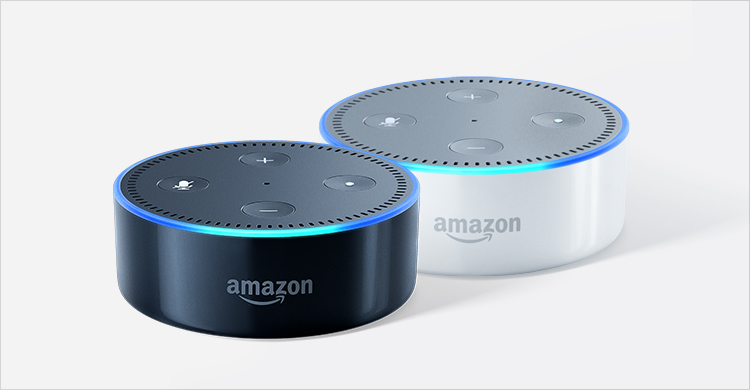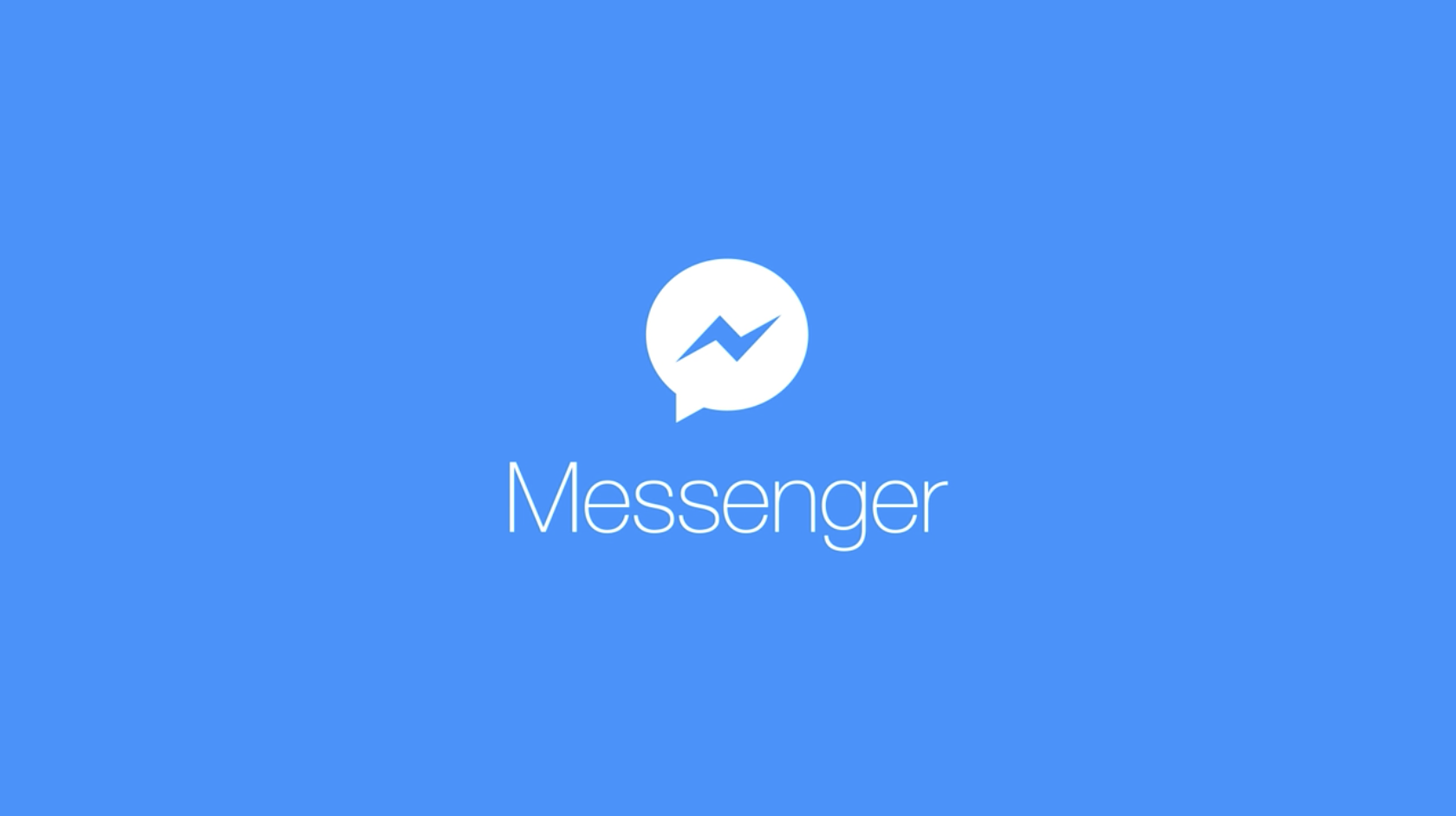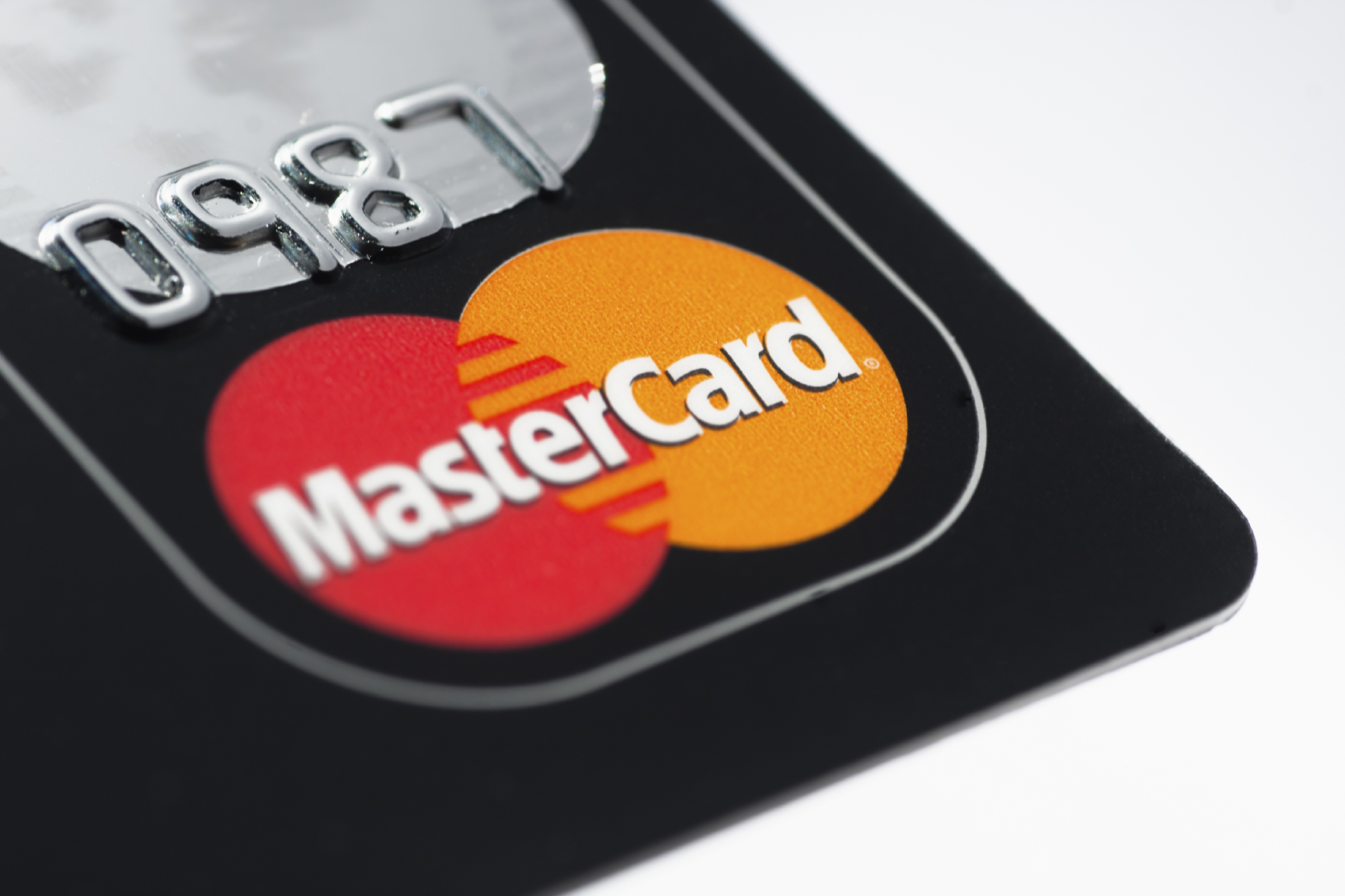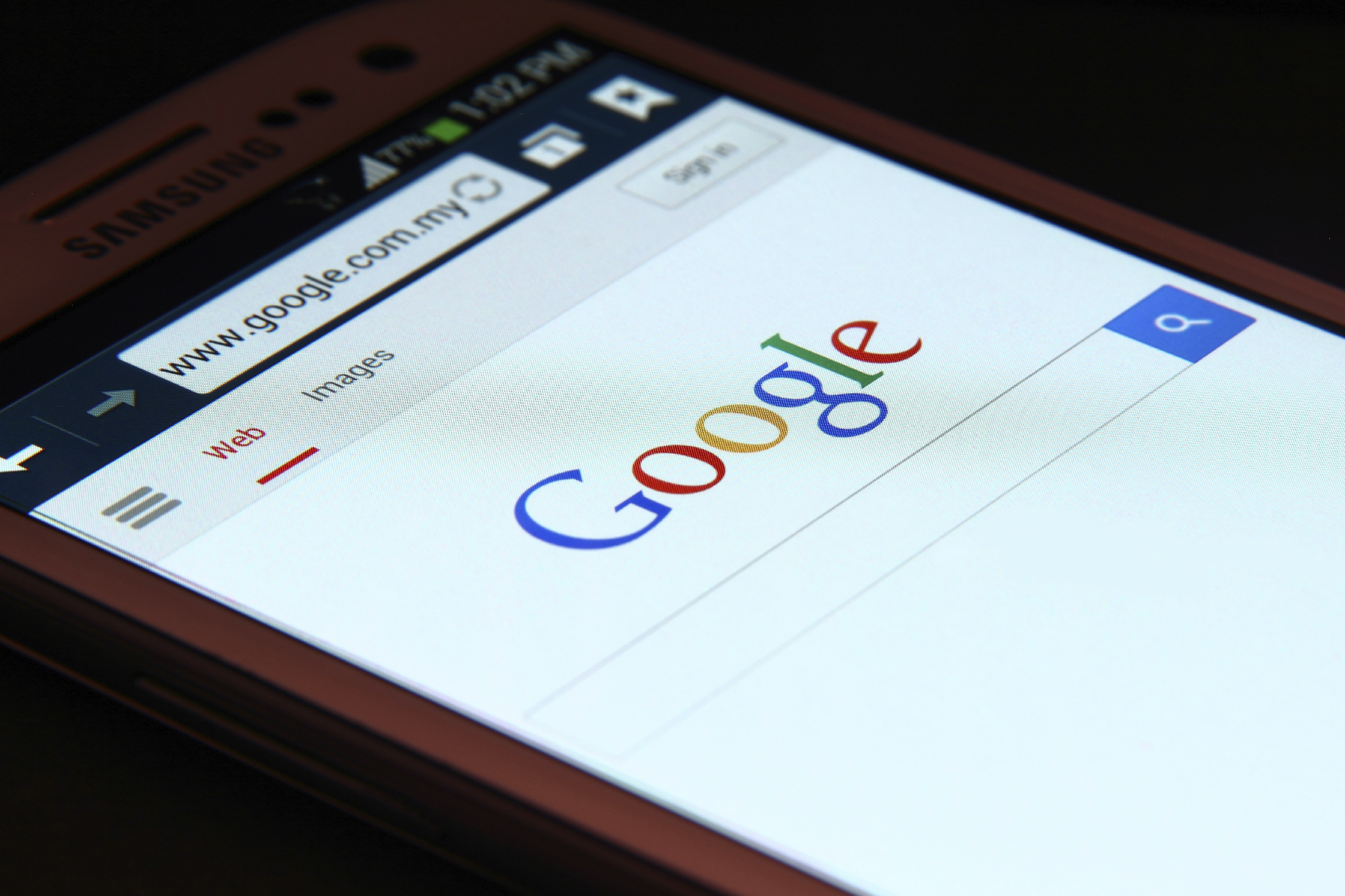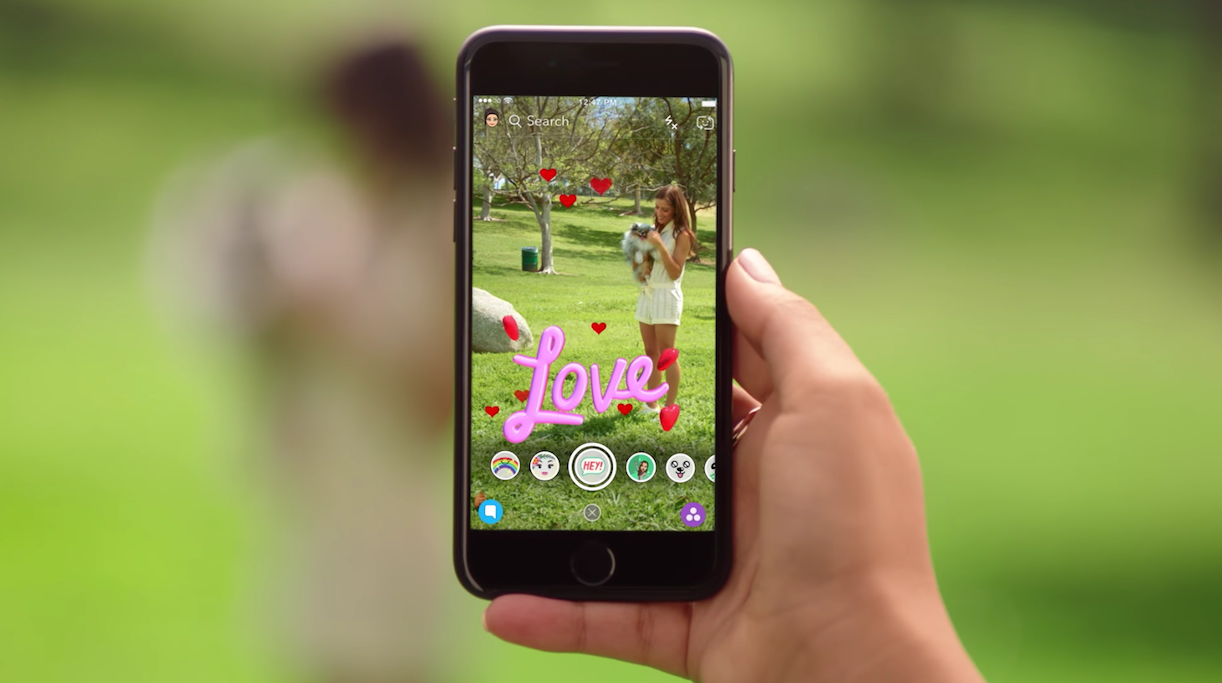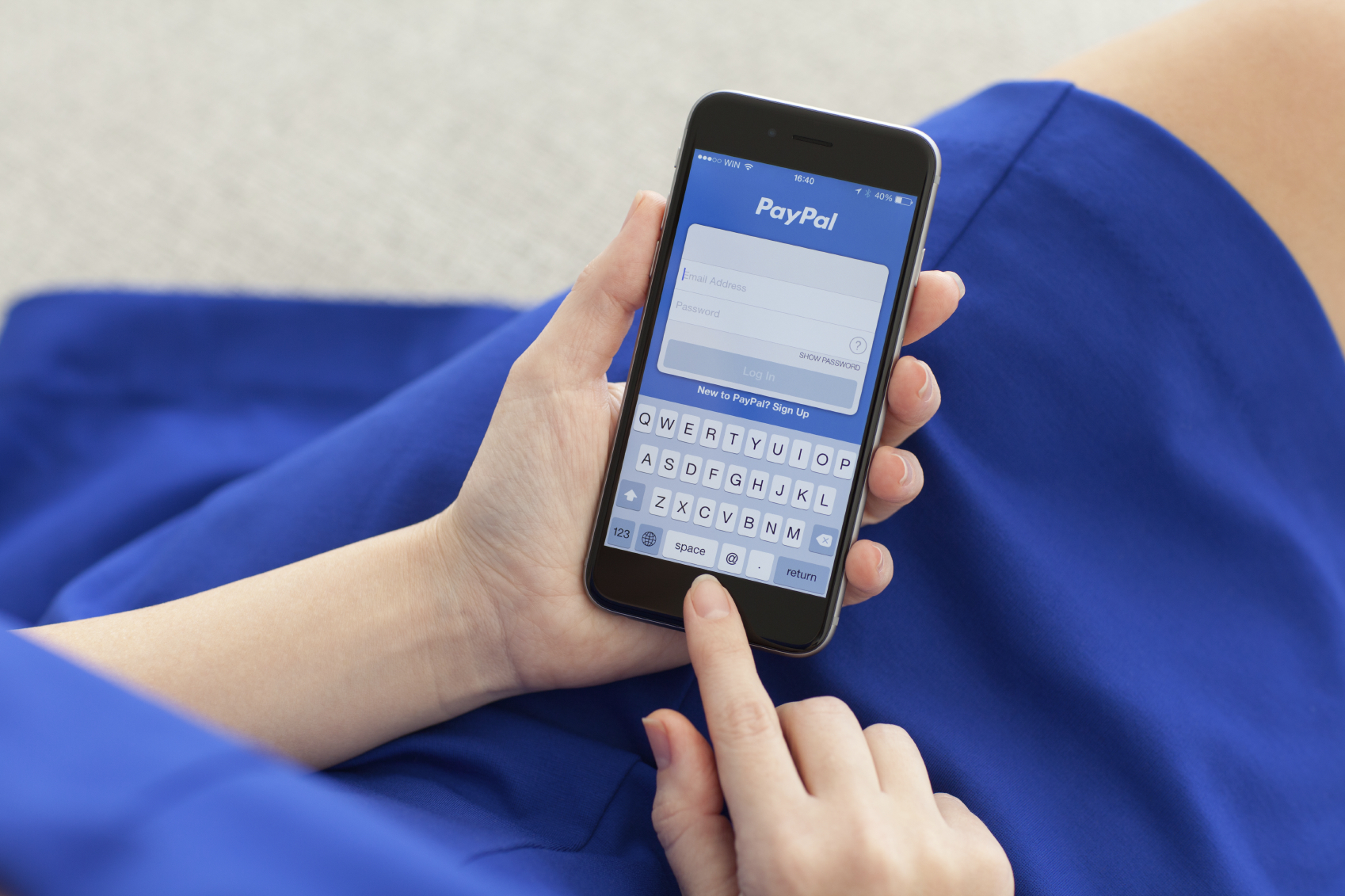What Happened
Amazon has updated its developer policy to explicitly prohibit marketing messages in most third-party “skills” for its voice assistant Alexa. The updated policy now simply bans skills that contain “any advertising for third-party products or services.” Exceptions are made for music streaming, radio, and news briefing skills, which can continue to carry sponsor messages or audio ad breaks, but otherwise Amazon is banning ads on the Alexa platform.
What Brands Need To Do
With this policy update, it is clear that Amazon intends to impose a tight control over the marketing messages delivered via Alexa. The timing suggests this could be a response to the recent incident where Burger King released ads intentionally crafted to trigger Google Home. This means brands will no longer be able to sponsor a popular skill, other than the three exempted categories, to reach Alexa users. Instead, brands interesting in exploring voice-activated smart home devices as a marketing channel should reorient their strategy towards building branded skills that can provide users with functional values and engaging conversational experiences.
How We Can Help
The Lab has extensive experience in building Alexa Skills and chatbots to reach consumers on conversational interfaces. So much so that we’ve built a dedicated conversational practice called Dialogue. The “Miller Time” Alexa Skill we developed with Drizly for Miller Lite is a good example of how Dialogue can help brands build a conversational customer experience, supercharged by our stack of technology partners with best-in-class solutions and an insights engine that extracts business intelligence from conversational data.
If you’d like to learn more about how to effectively reach consumers on conversational interfaces, or to leverage the Lab’s expertise to take on related client opportunities within the IPG Mediabrands, please contact our Client Services Director Samantha Barrett ([email protected]) to schedule a visit to the Lab.
Source: TechCrunch
